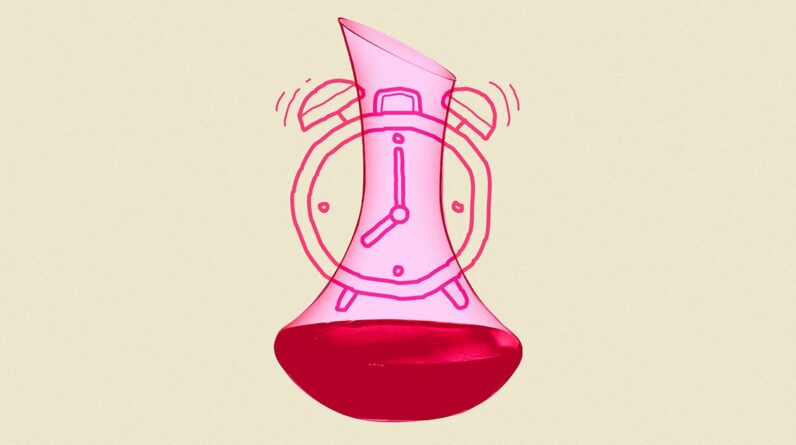Q. What are the different levels of wine aromas a wine can have?
A. A wine’s aromas will fall under one of three categories: primary, secondary, and tertiary flavors. Primary flavors come from the grape (fruity and floral), secondary from winemaking practices (such as oak influences), and tertiary from aging.
All wines have primary aromas, which will be herbal or fruity; think of them as the aromas you’d find in nature.
Secondary aromas may or may not be present, because some wines are made without additional oak aging, malolactic fermentation, or other winemaking interventions. These can be aromas such as vanilla or toast.
Finally, tertiary aromas come from aging, so again, not all wines will exhibit them. You’ll detect an evolution of the fruity aromas, such as jam and cooked or dried fruit; or earthy notes like forest floor and mushroom; or spicy notes, such as ginger and cinnamon.
Faulty aromas are in their own category, and adjectives like “ripe” or “green” are often applied to the primary aromas (and “spoiled,” of course, would be a fault…but not one commonly found in wine terminology!). And whether your wine exhibits all three levels or just fruity primary aromas, every bottle goes through the levels of just opened, half full, and empty.
Wines meant for aging will show or eventually develop all three levels of aromas. Taste (and smell) it yourself with our Cellar Starter Pack at our Wine365 Shop:

This question is from the Daily Drop newsletter. Click here to subscribe!









